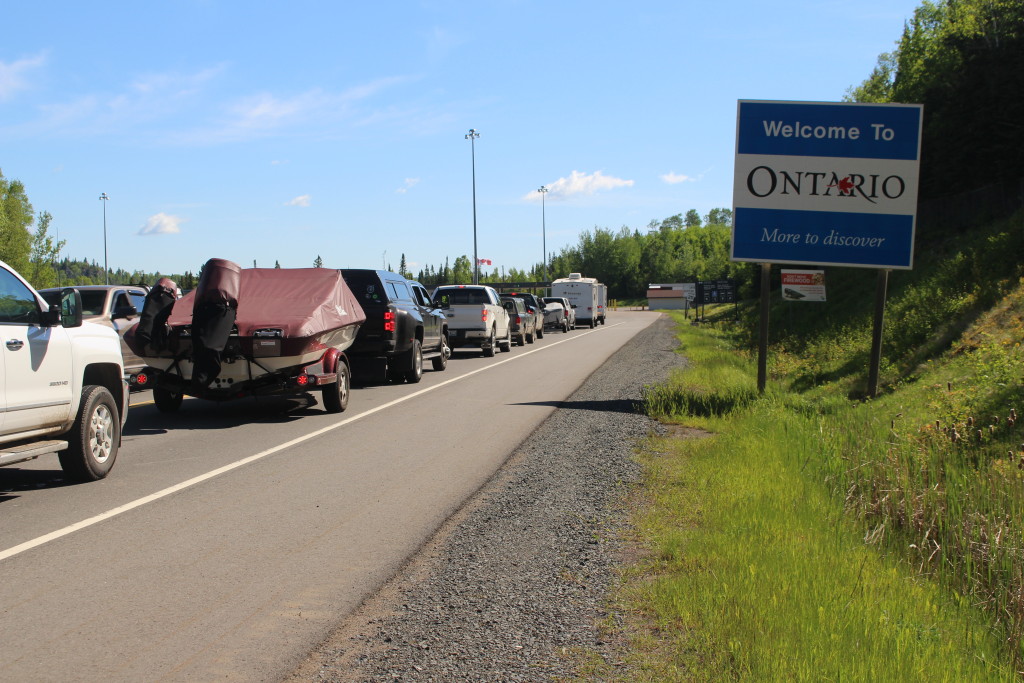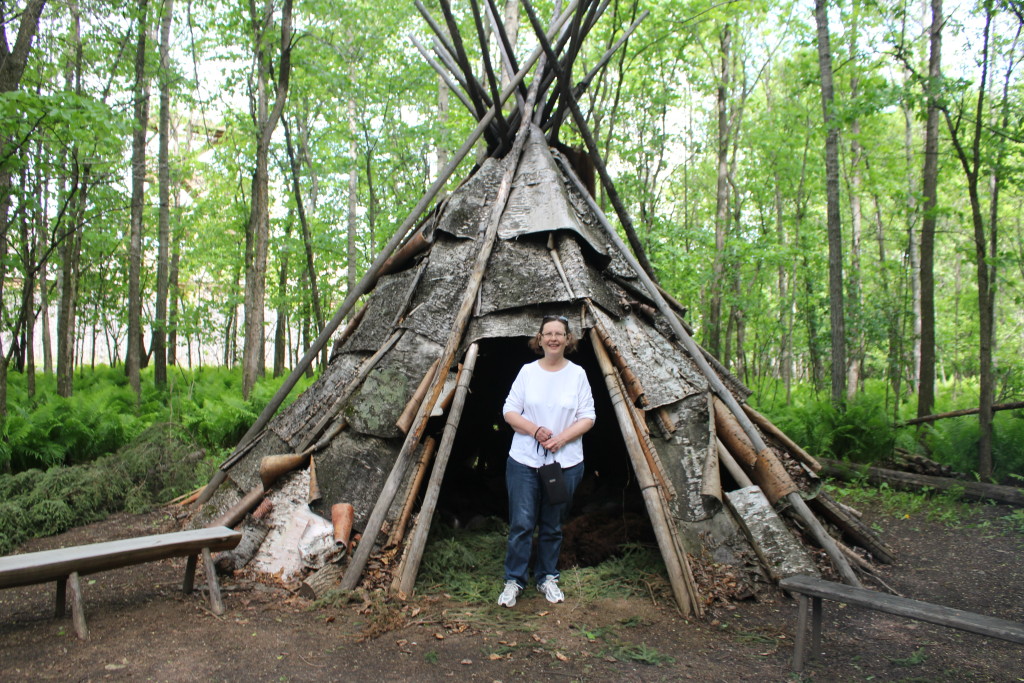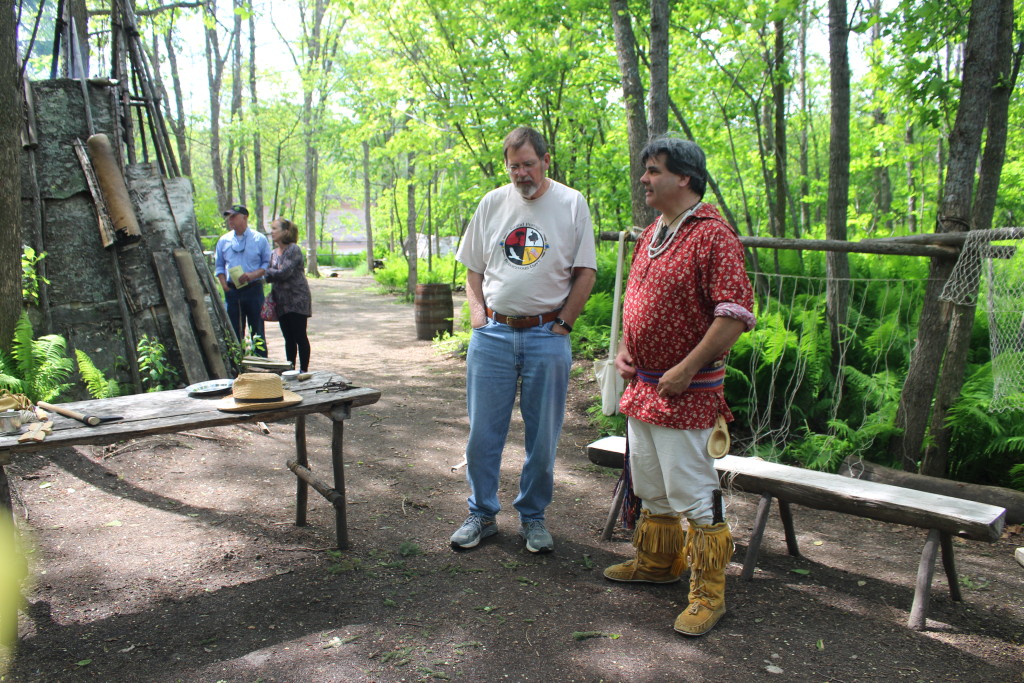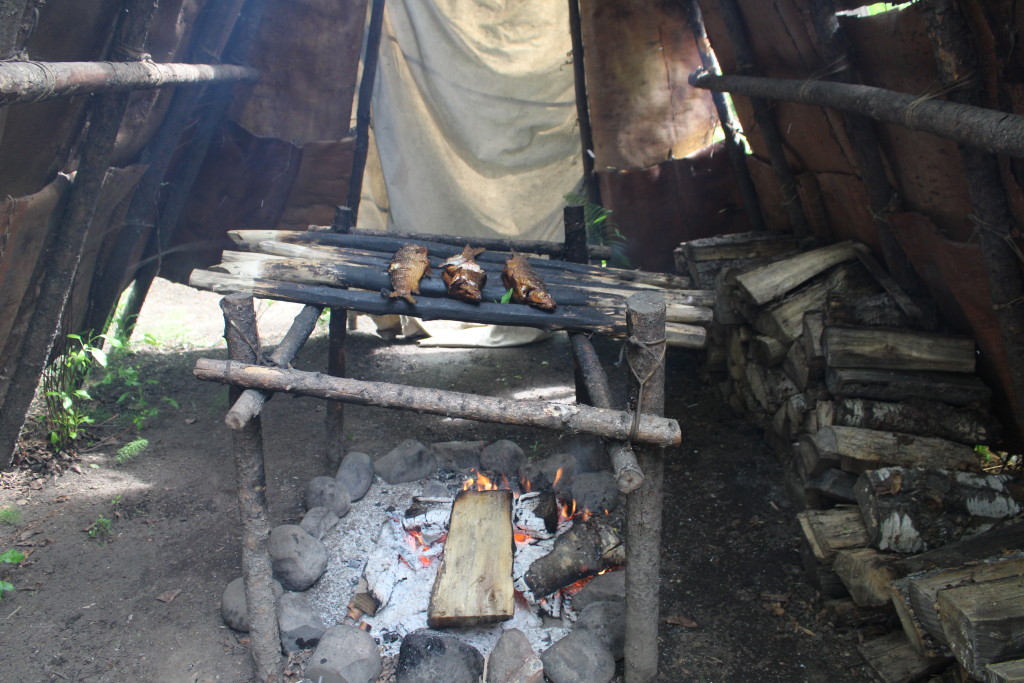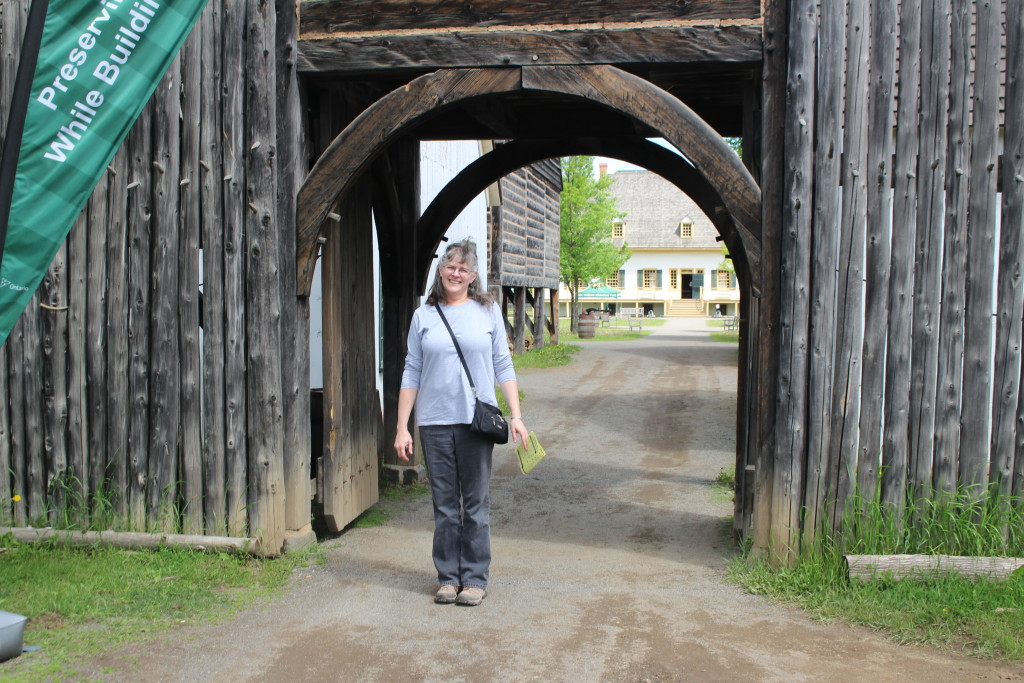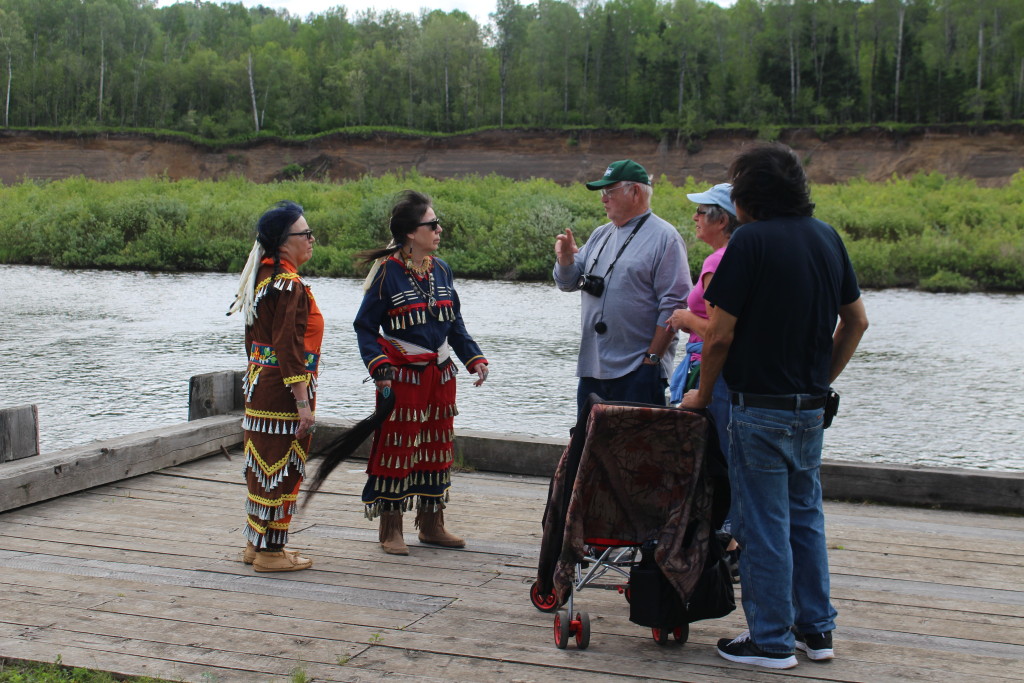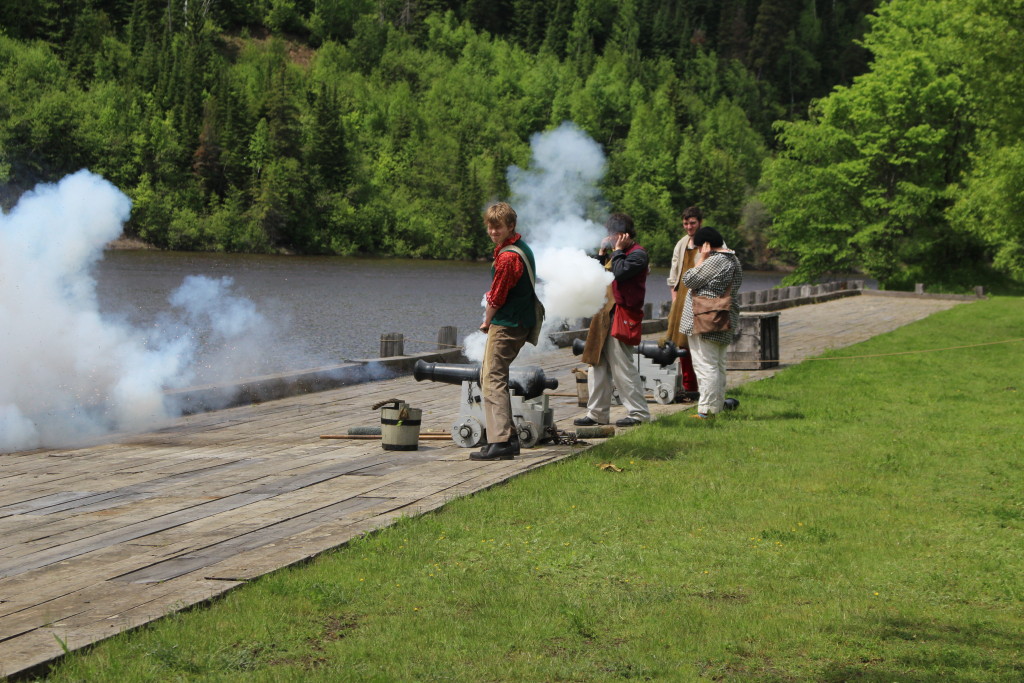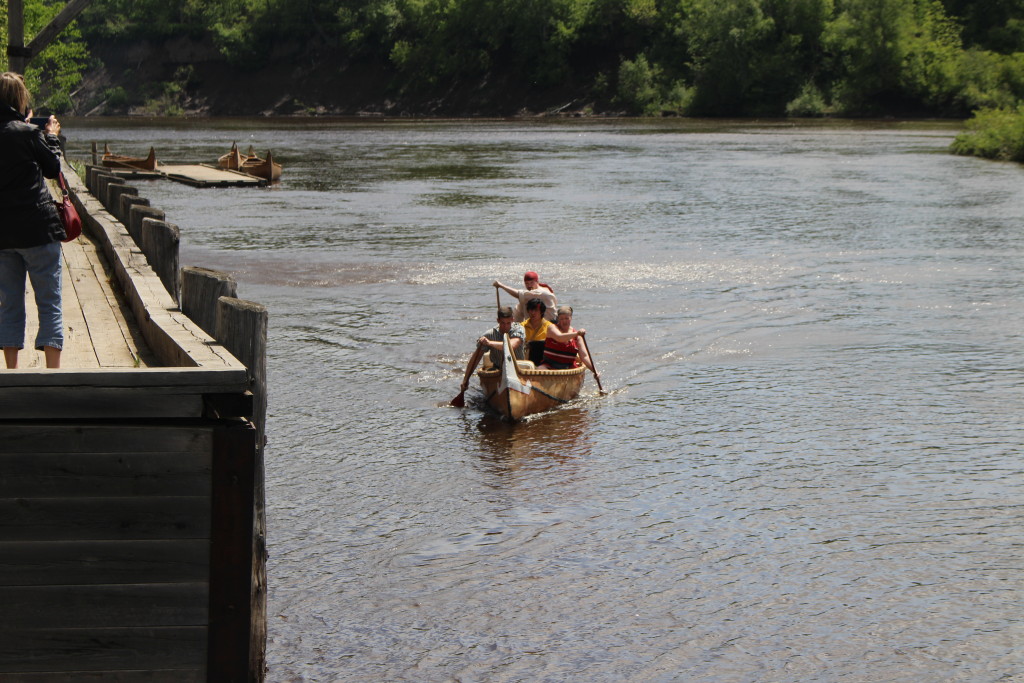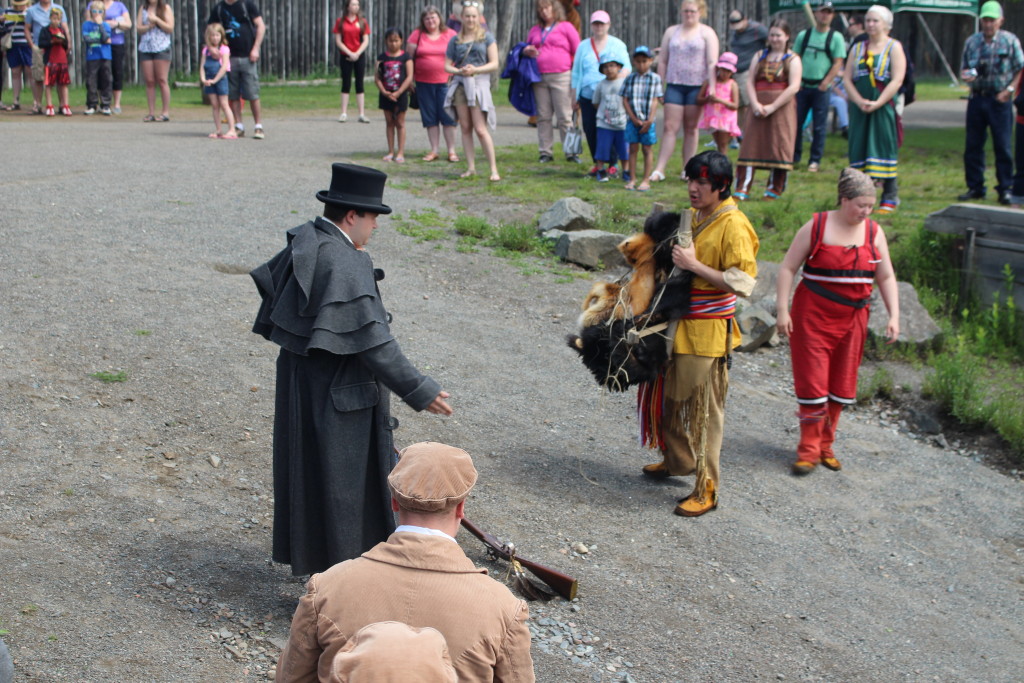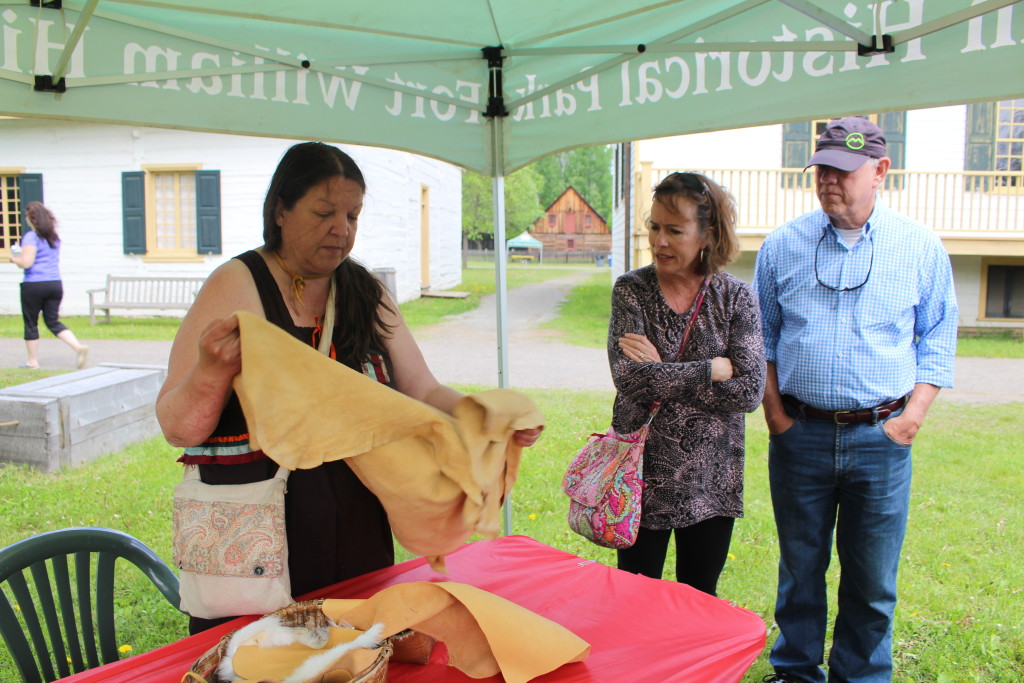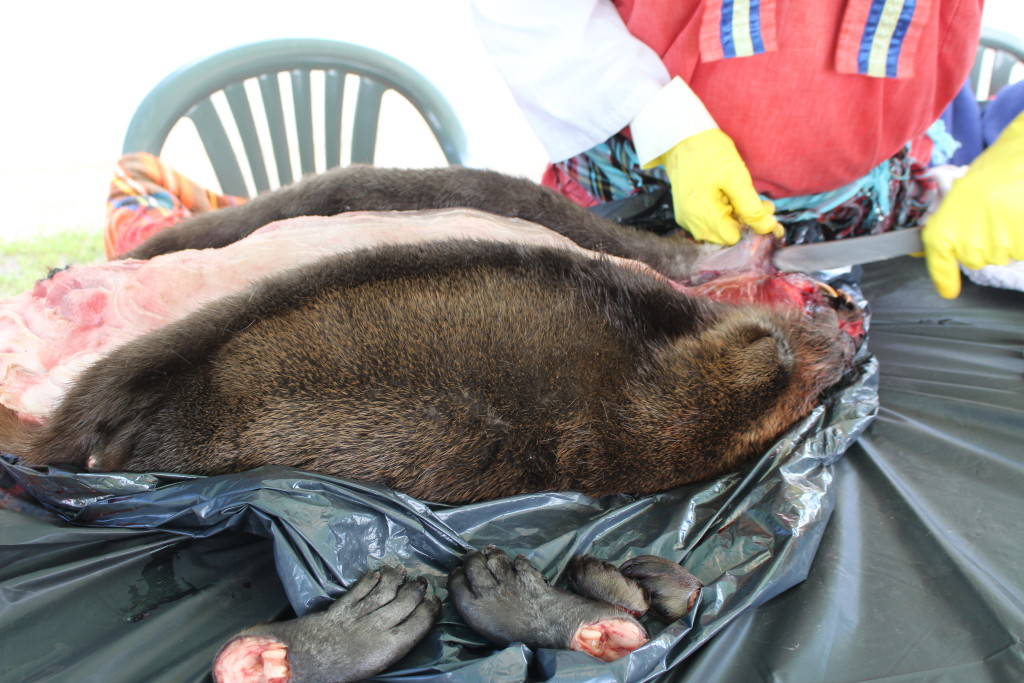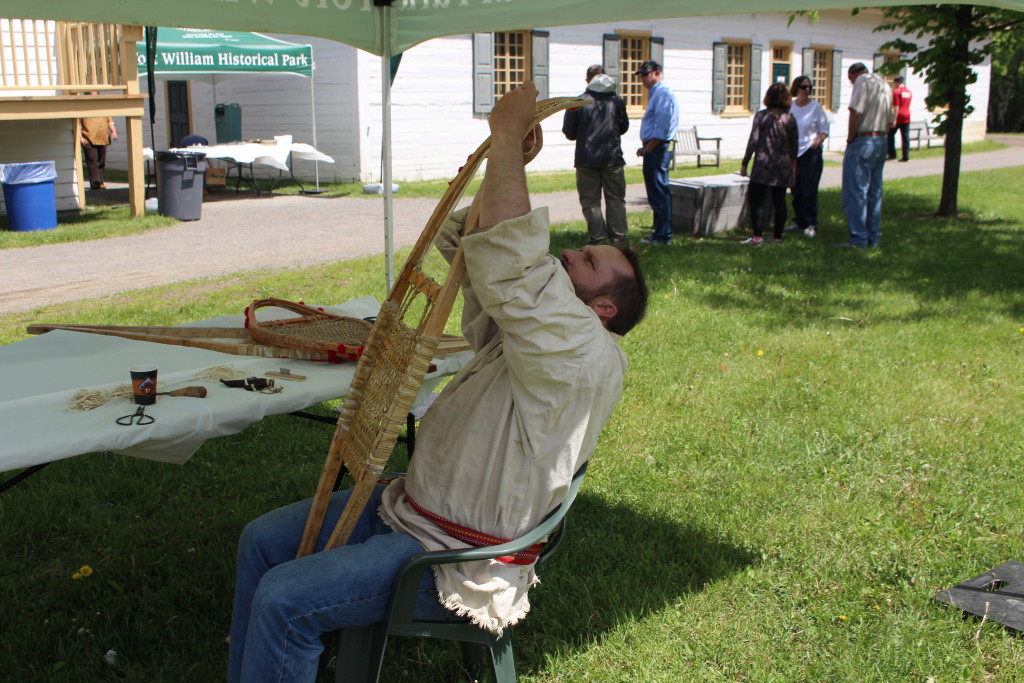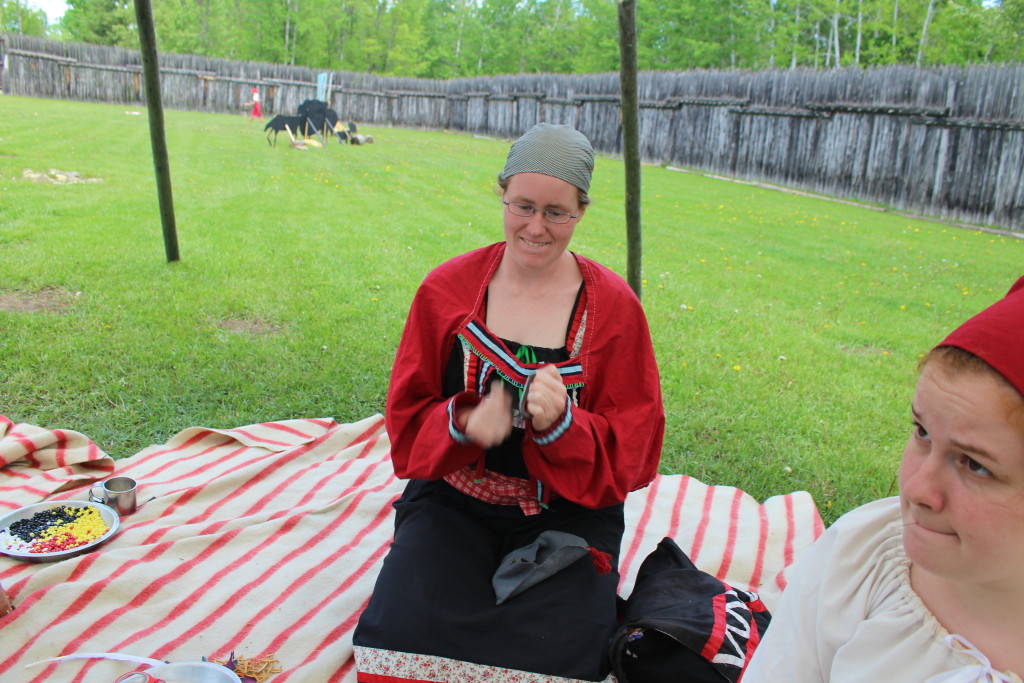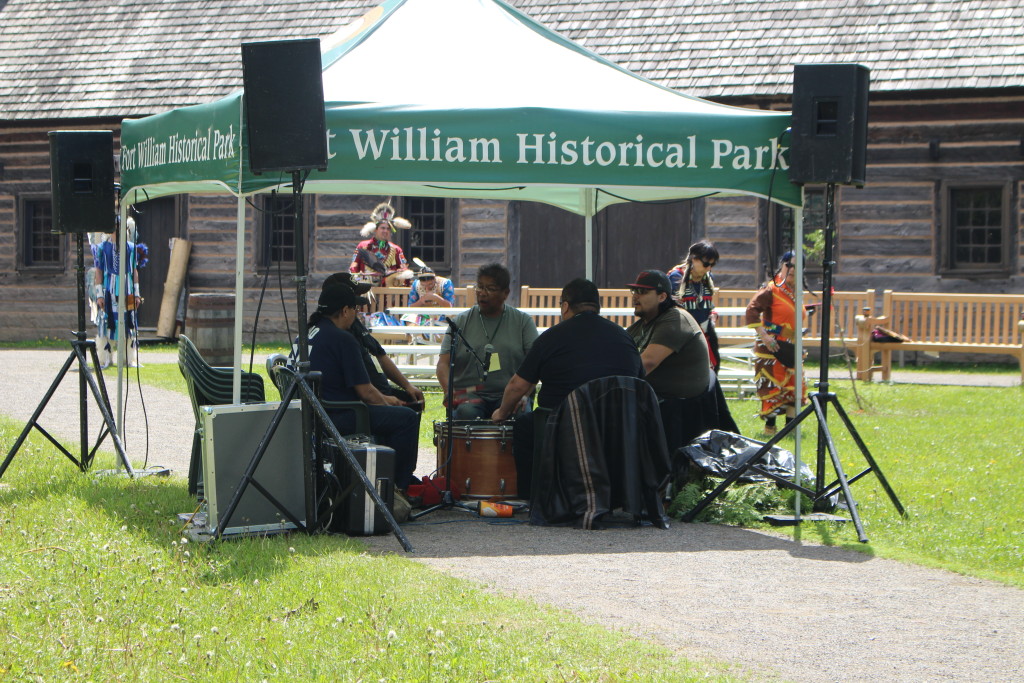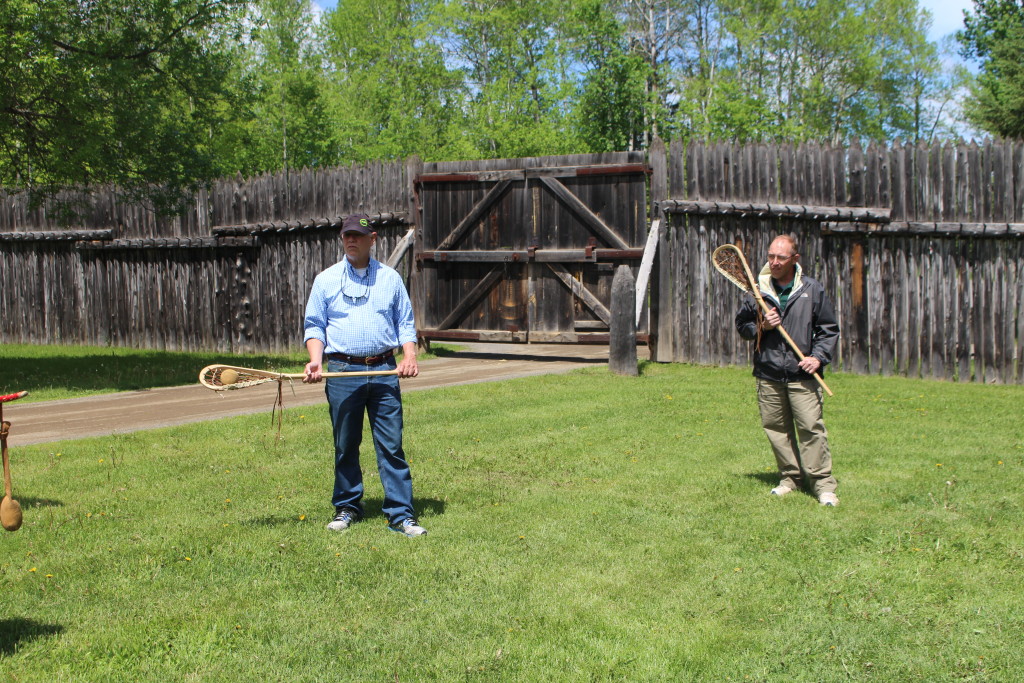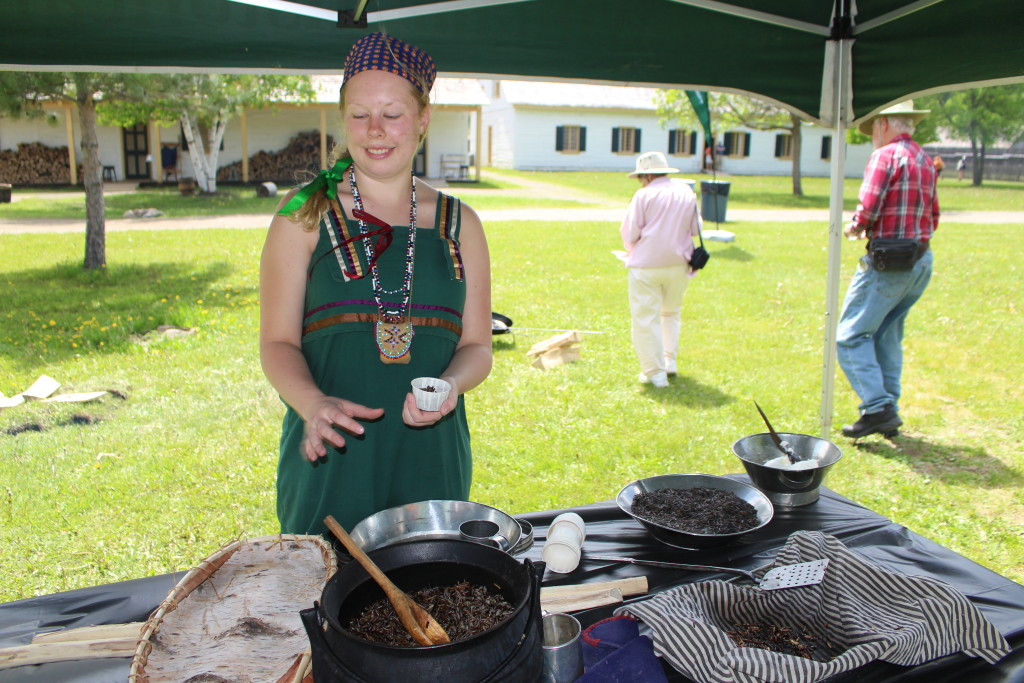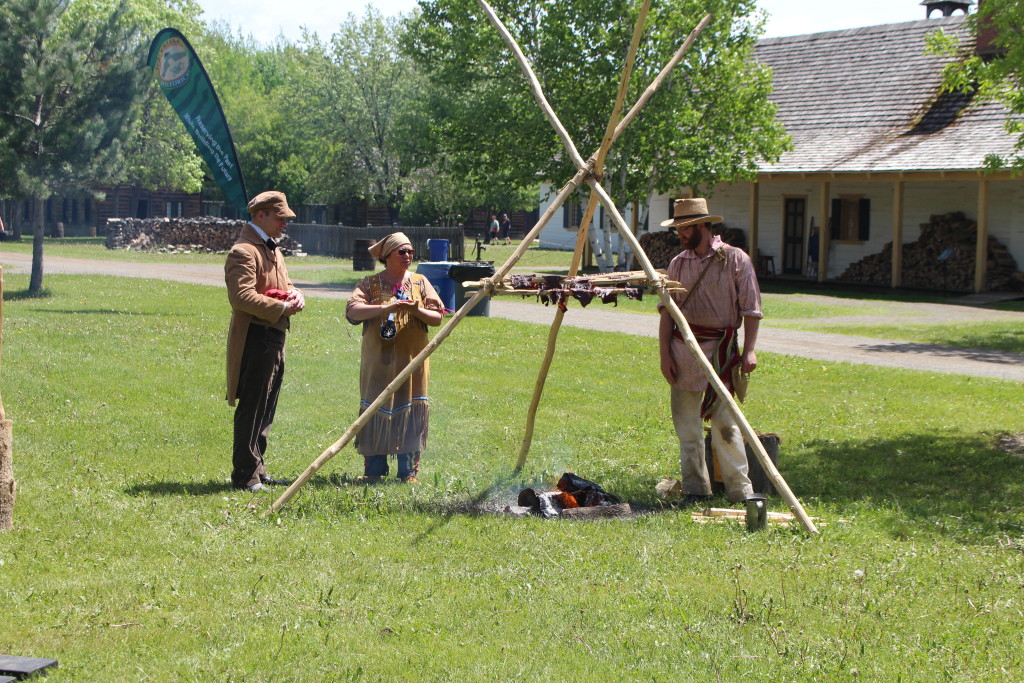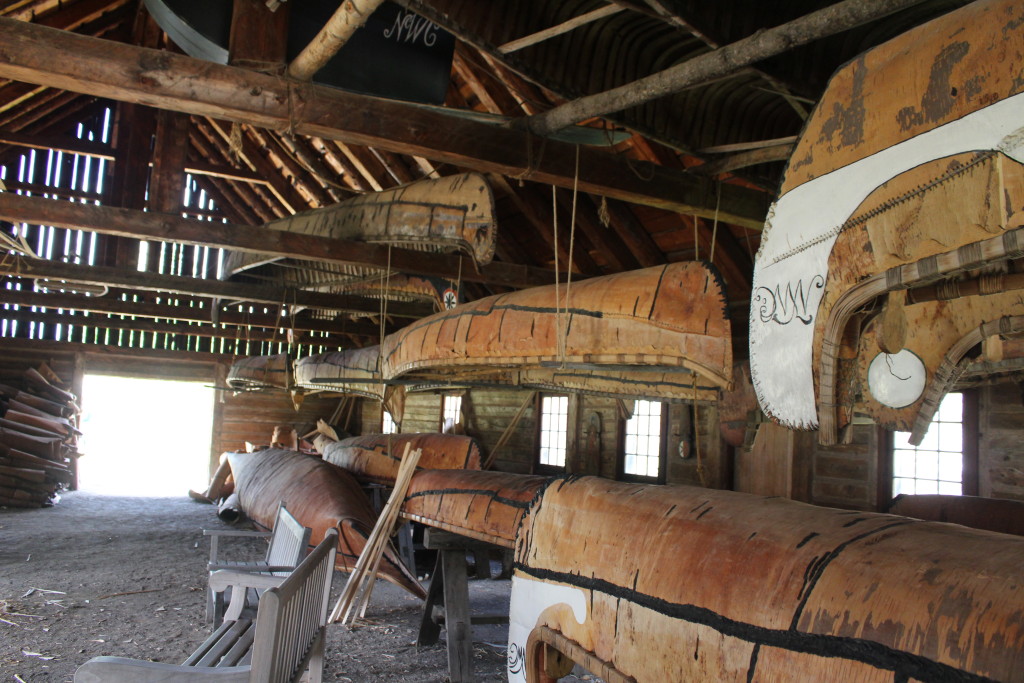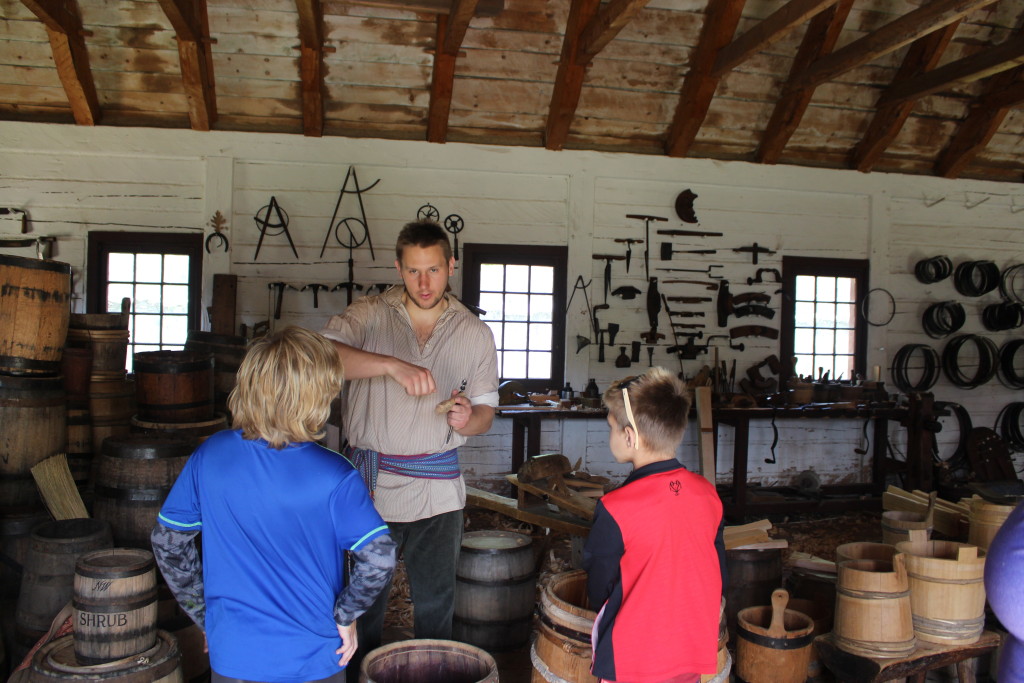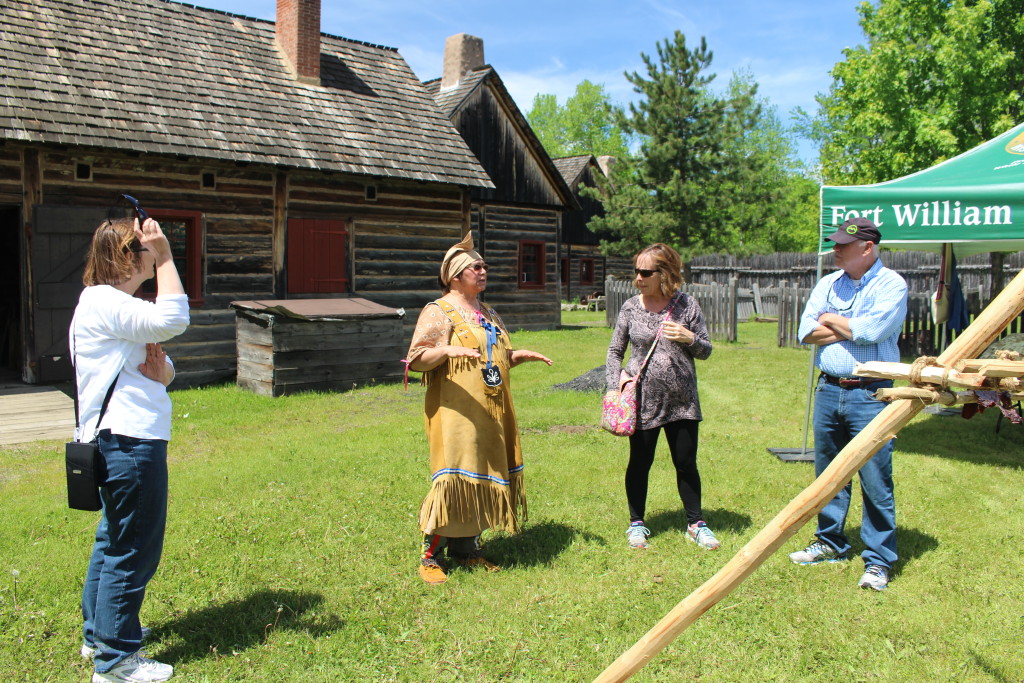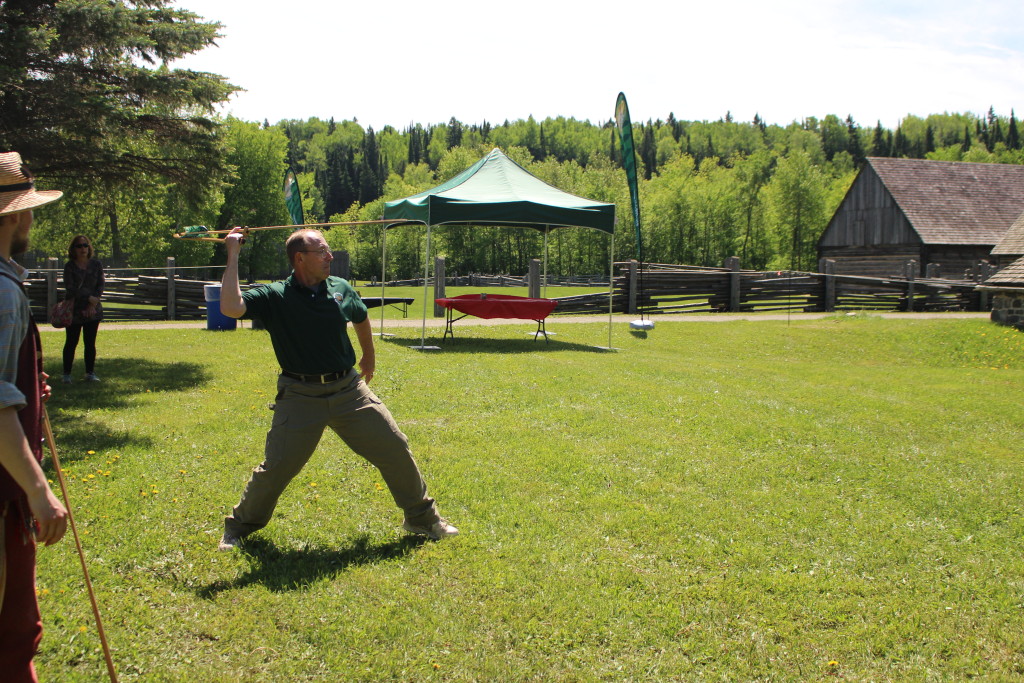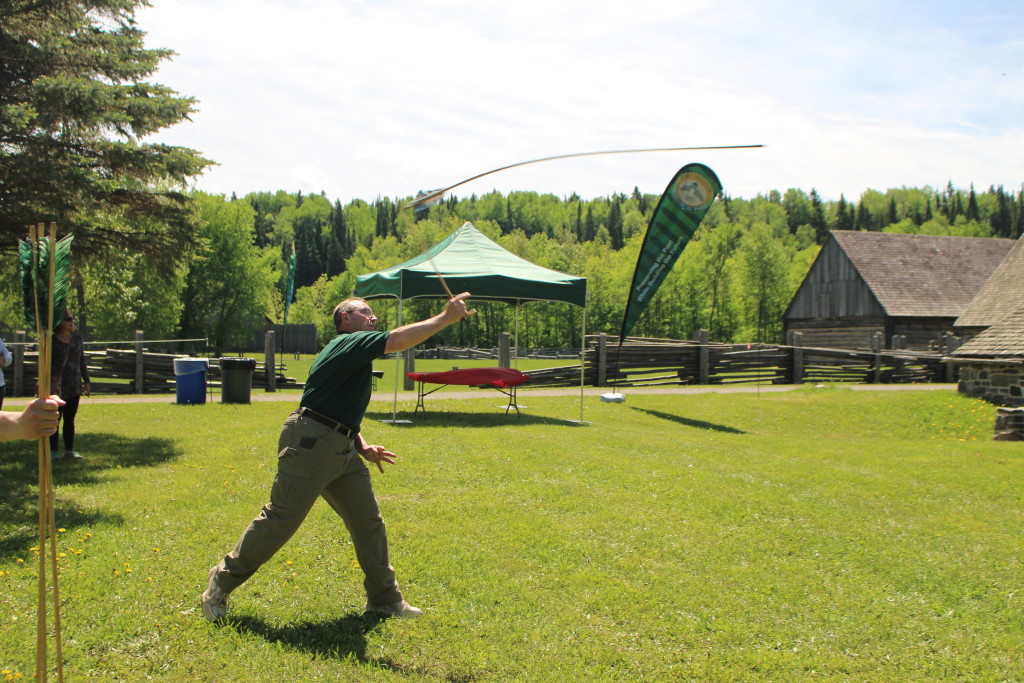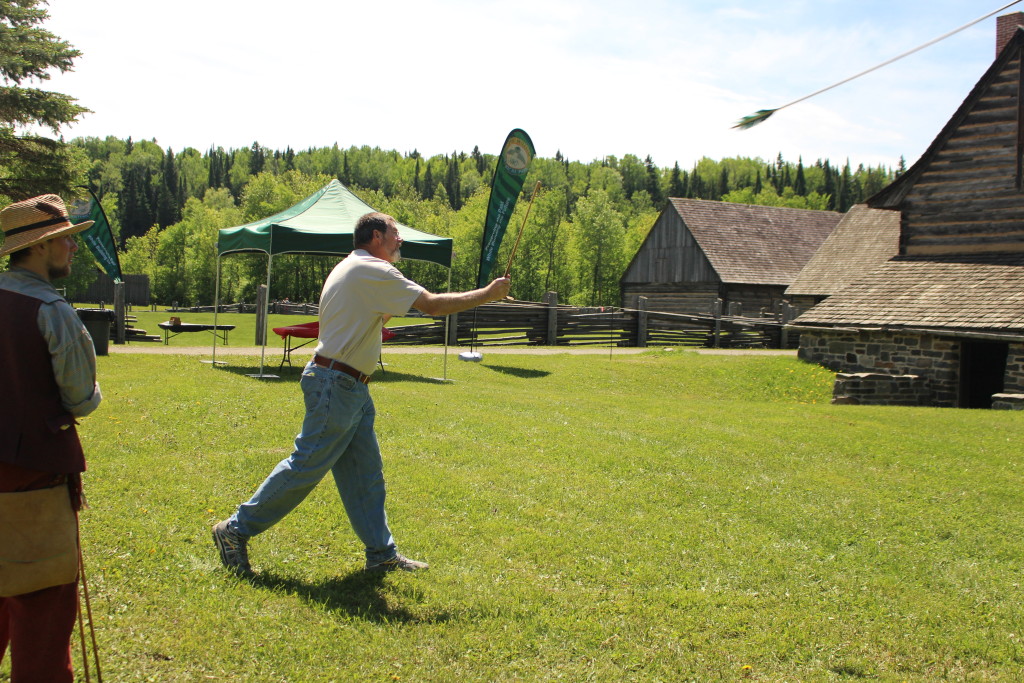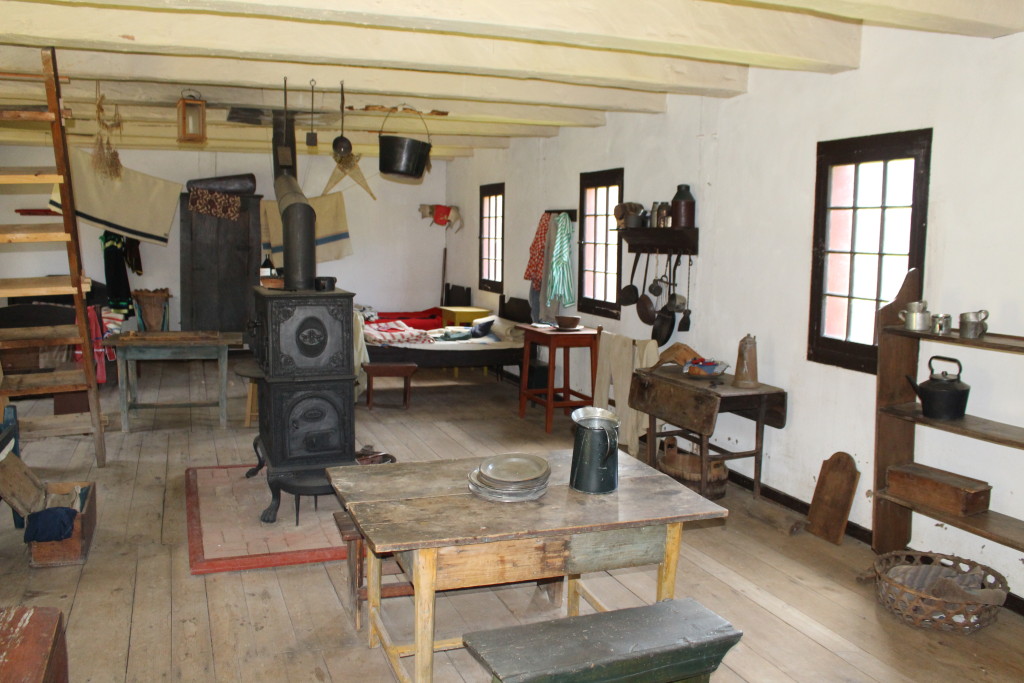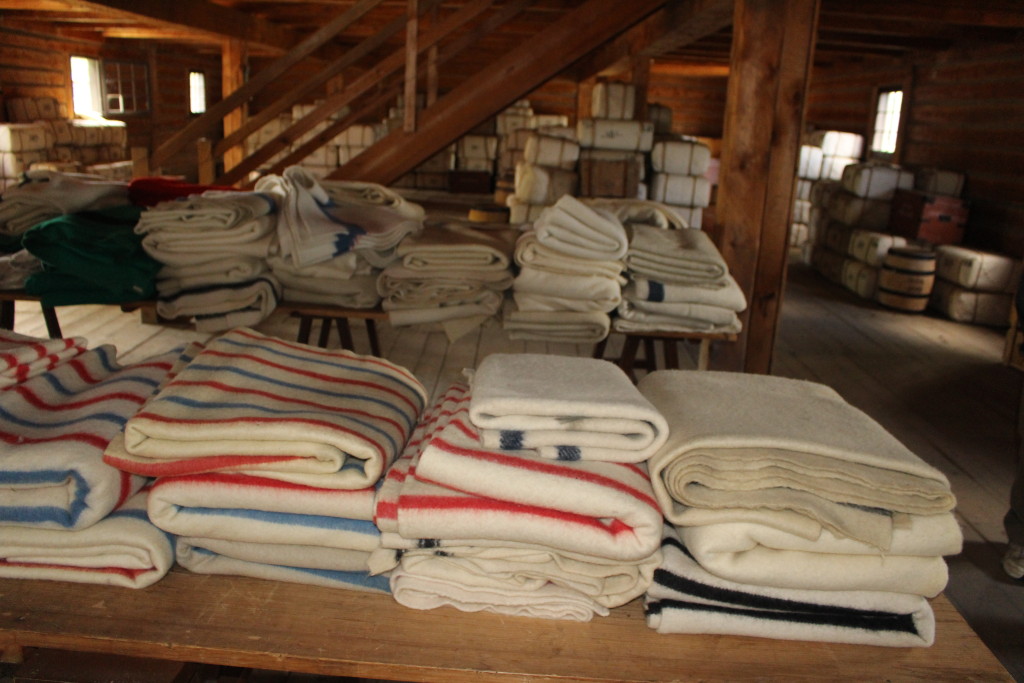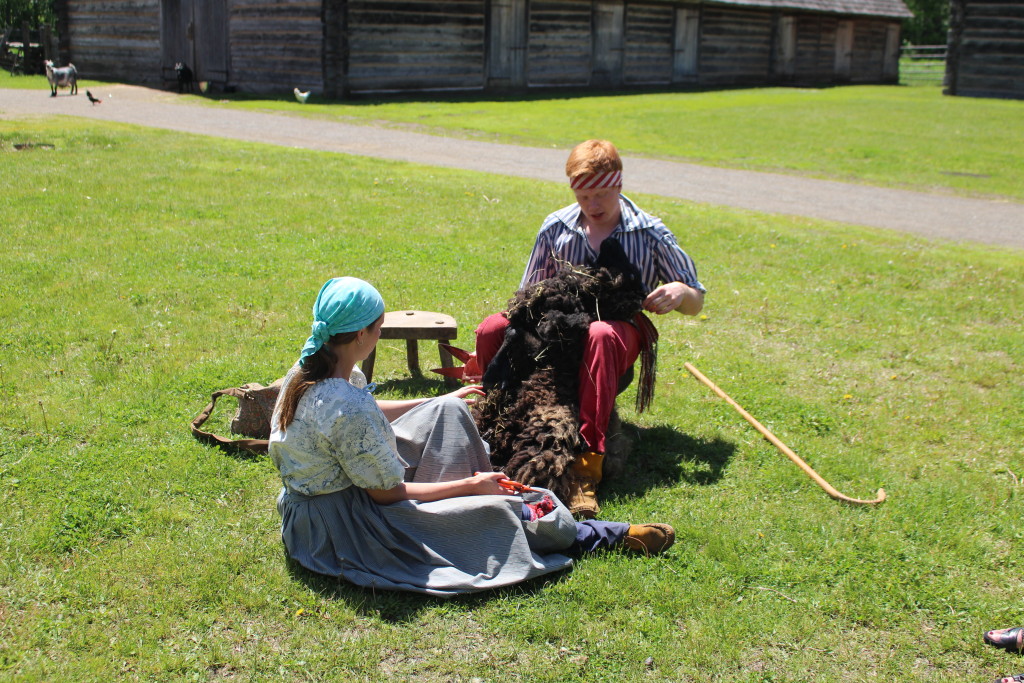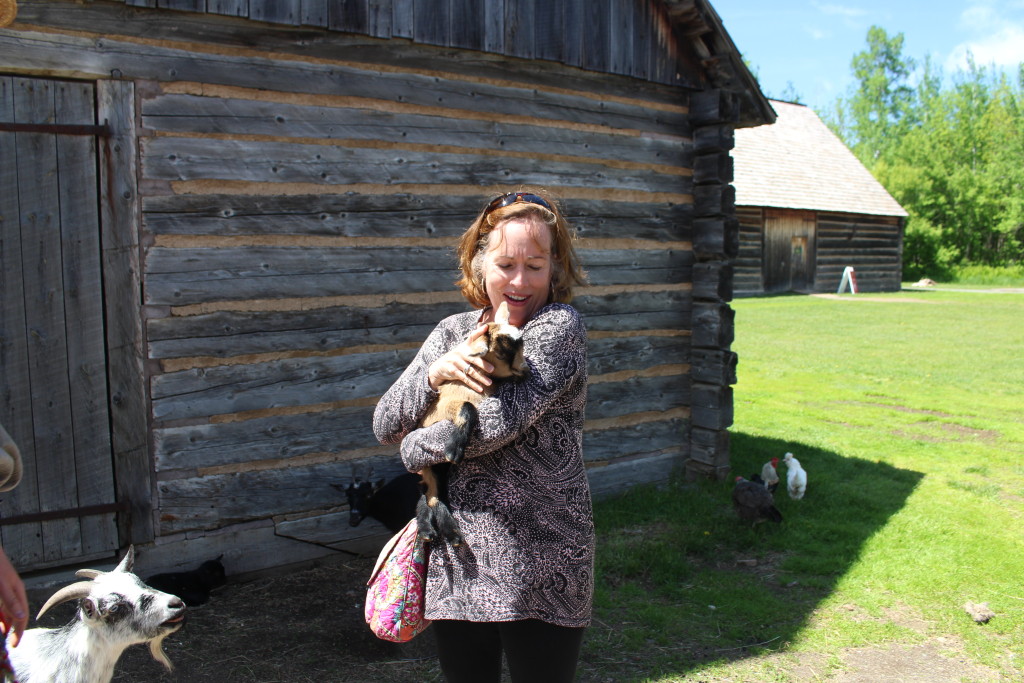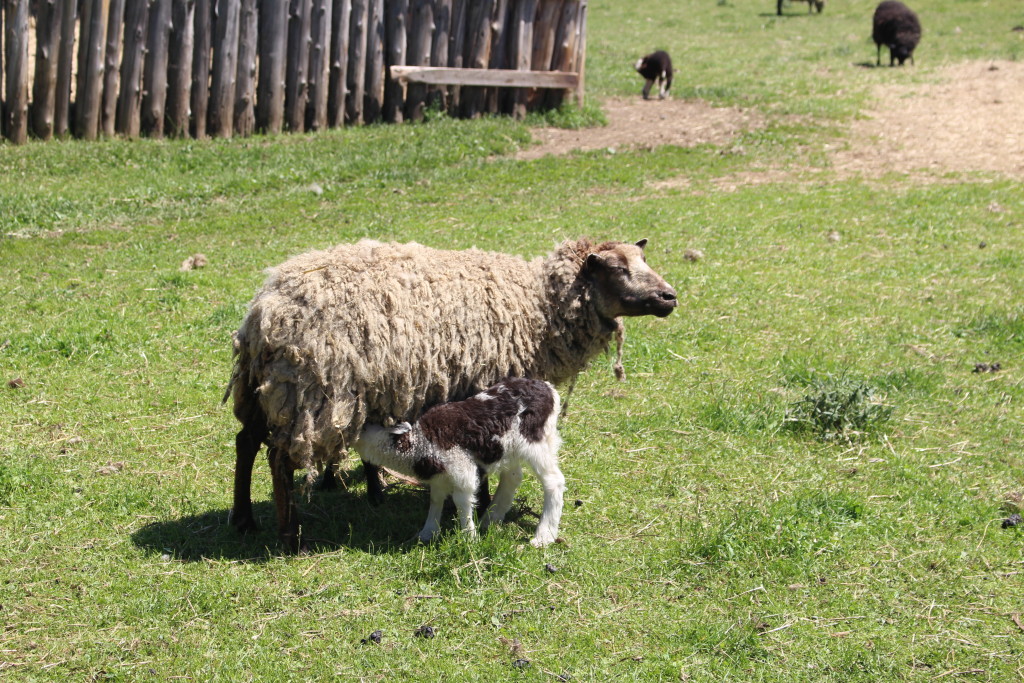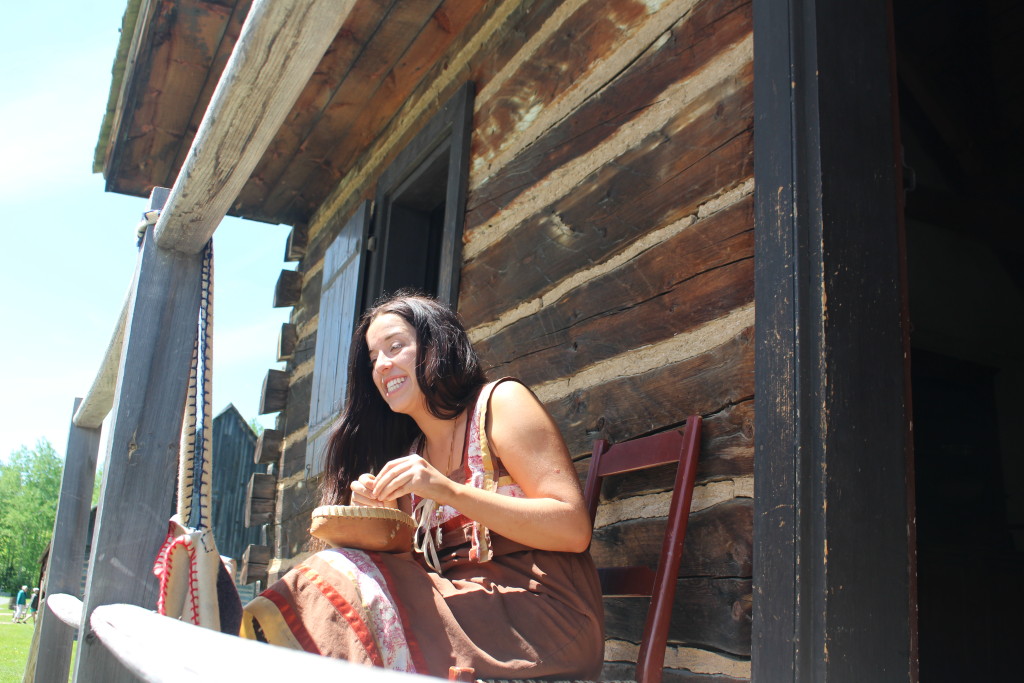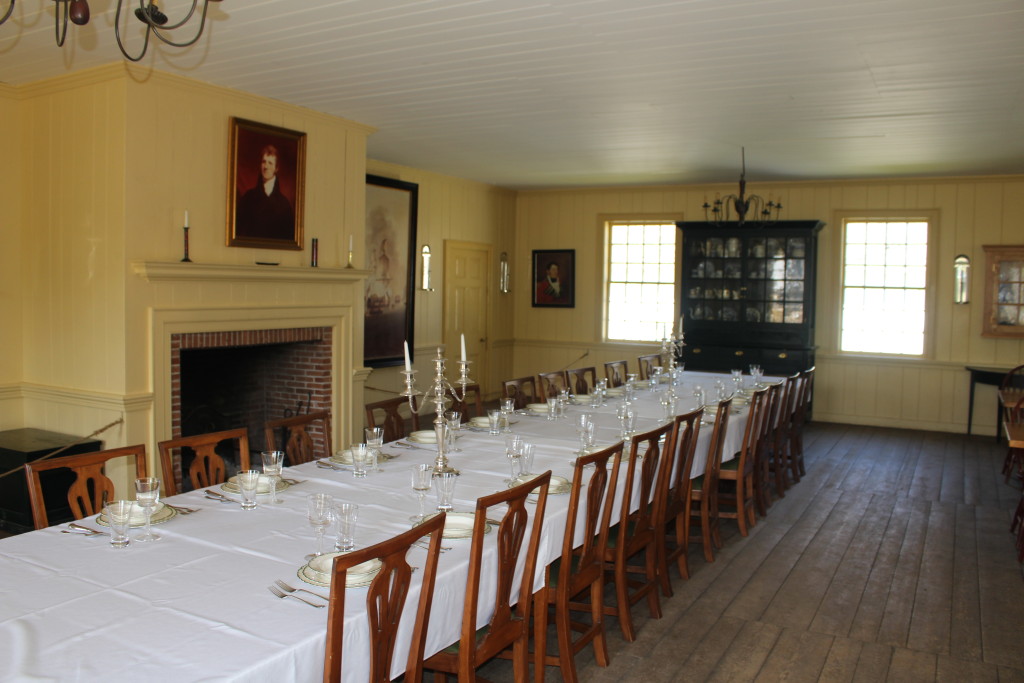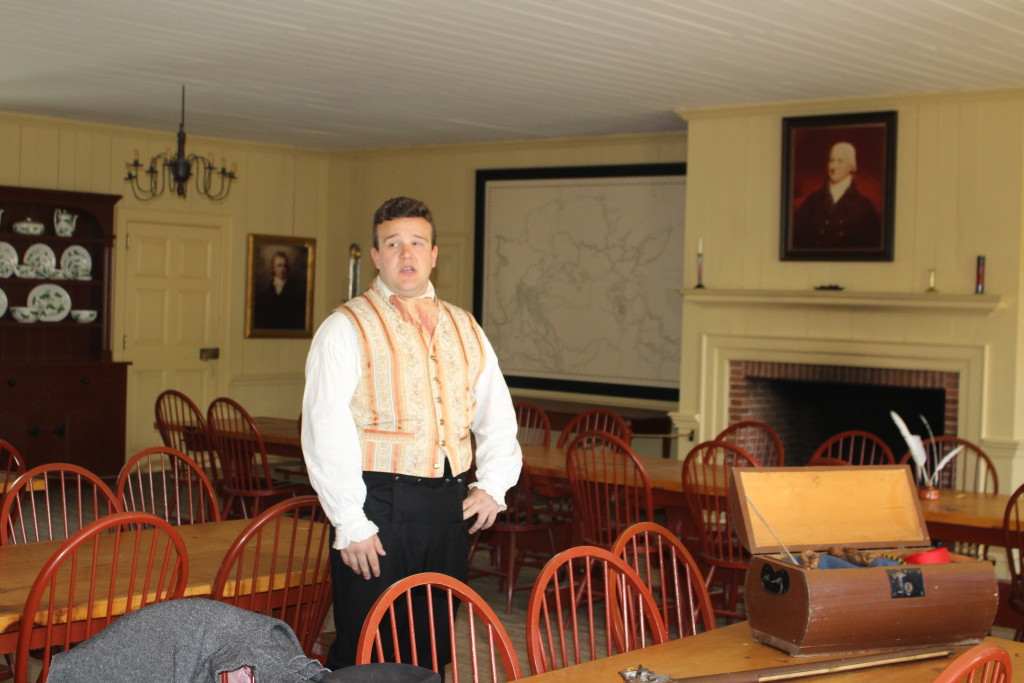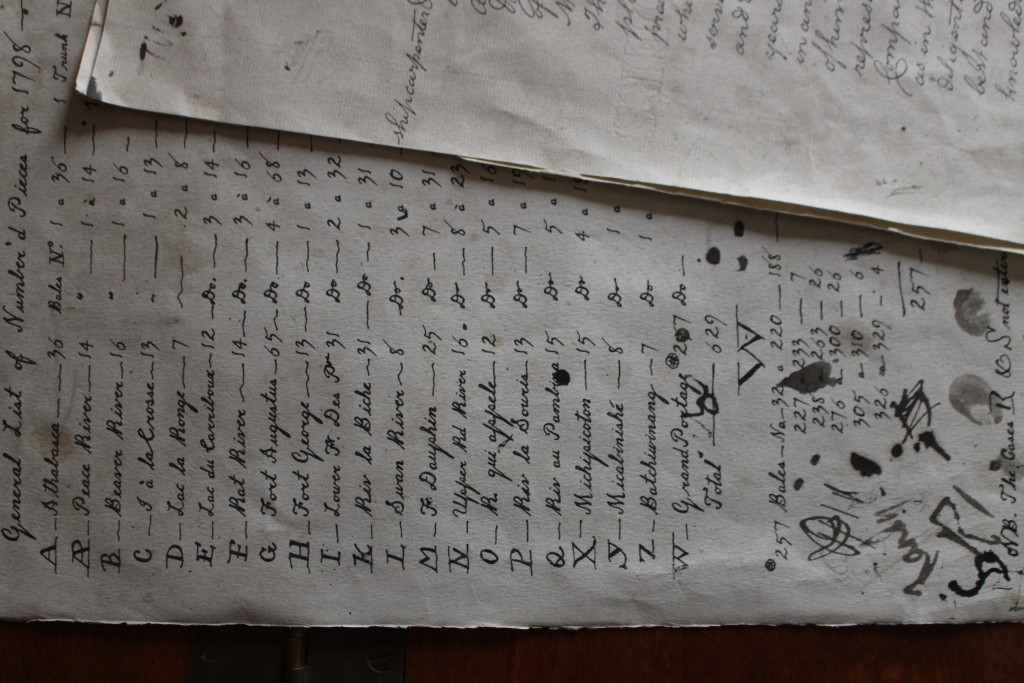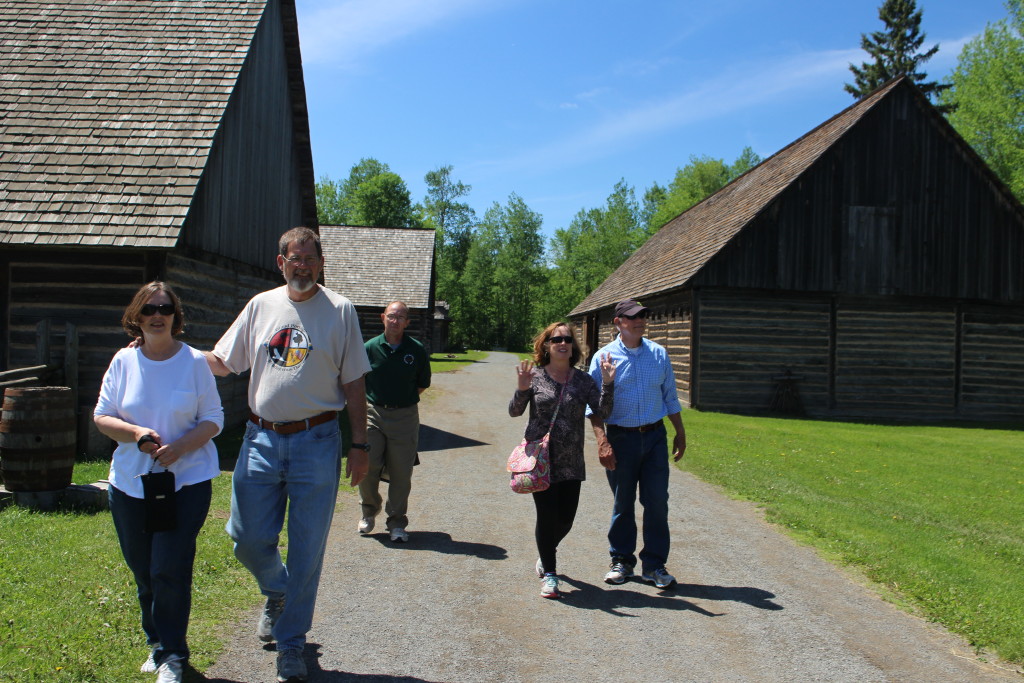Last week on our adventure day, Tom and I went to Canada to visit Fort William. We live about six miles from the Canadian border, so it wasn’t a long trip. We went with Val, Johnny, Debbie and Walker – all fellow RV volunteers here at Grand Portage.
Fort William is like Grand Portage on steroids. Grand Portage was the rendezvous site for the North West Company, which was Canadian / British owned and operated. At the end of the Revolutionary War, when Minnesota was ceded to the United States, Grand Portage was on the wrong side of the Pigeon River. For a while the North West Company continued to operate from here, until the United States started to tax for goods imported and exported, and Great Britain decided to do the same. So the North West Company was having to pay taxes on everything coming and going from Grand Portage. They decided to move 35 miles up the shore of Lake Superior to Canada.
Because the company was very prosperous at this time, the new depot at Fort William was much larger than the one at Grand Portage. Eventually there were 45 buildings at the depot. Fort William today is a recreated historic site with all of the buildings open, furnished as they would have been in 1816, and staffed with reenactors.
We picked the perfect day to go to Fort William – not only was the weather gorgeous, but it was the Anishnawbe Keeshigun. Instead of tours of the fort with a tour guide, we were able to wander in and out of the buildings. Most of the buildings had a living history person telling their first person story about life at Fort William. There were also people demonstrating native crafts, food samples, and an Anishnaabe drum and dance group.
We talked to many of the living history people, learning the story of Fort William and asking questions that will help us in our work at Grand Portage. Instead of the usual “a cooper makes barrels,” we were able to talk to the cooper about his use of black ash saplings versus iron as hoops for the barrels. We got to try our hand at lacrosse, throwing an atlatl, and making a respect feather. We also got to taste smoked fish, bannock, raspberry jam, wild rice, and corn on the cob. We watched people making snowshoes, pemmican, skinning a beaver, beading, and doing porcupine quill embroidery. It was good to get the food samples because we were there much longer than we expected and we didn’t eat lunch until 4 p.m.
There is a farm area of Fort William where the North West Company kept animals so the fort would be self-sustaining. We saw sheep and goats, chickens, and an anxious pig (his partner was pregnant and he was pacing up and down the pen). They also have cows and horses. The goats and sheep had just given birth so we got to watch some lambs and Val even held a baby goat. The mom stood by anxiously and got closer and closer the longer Val held the kid, finally chewing on her purse and bleeting to get Val to put the kid down.
Debbie and Walker had been to Fort William before, but they said that the experience was nothing like today. Having the festival there made it much more interesting. We were very impressed by all the staff and the good job the (mostly) teenagers did with telling the story of Fort William.

